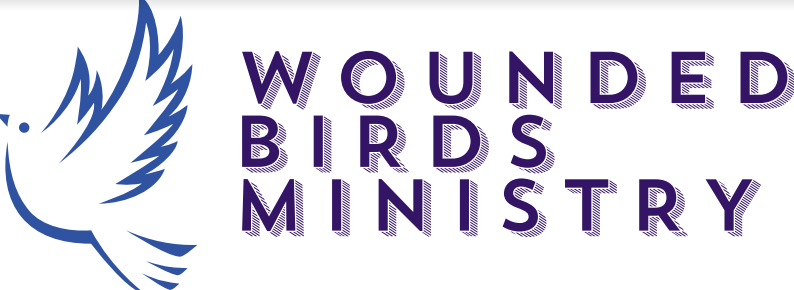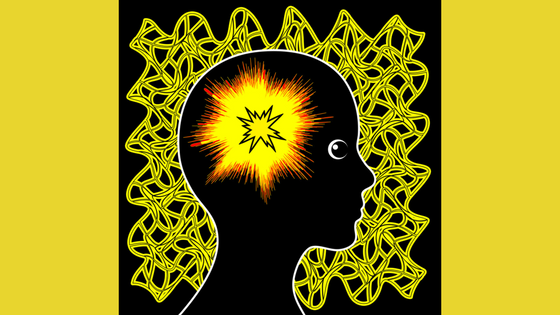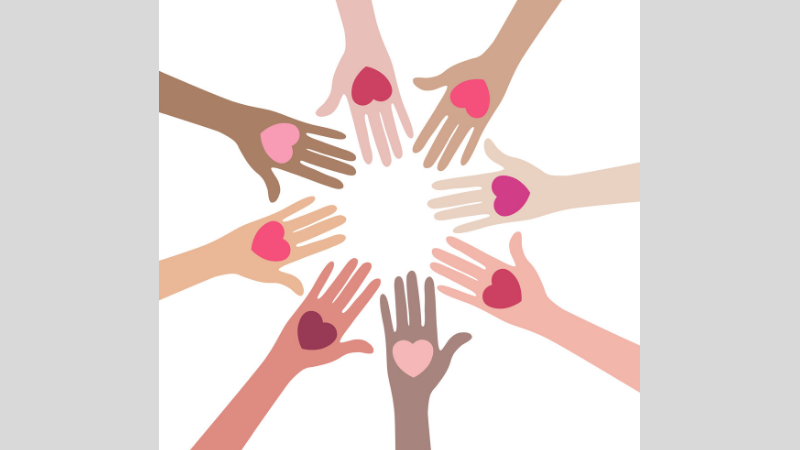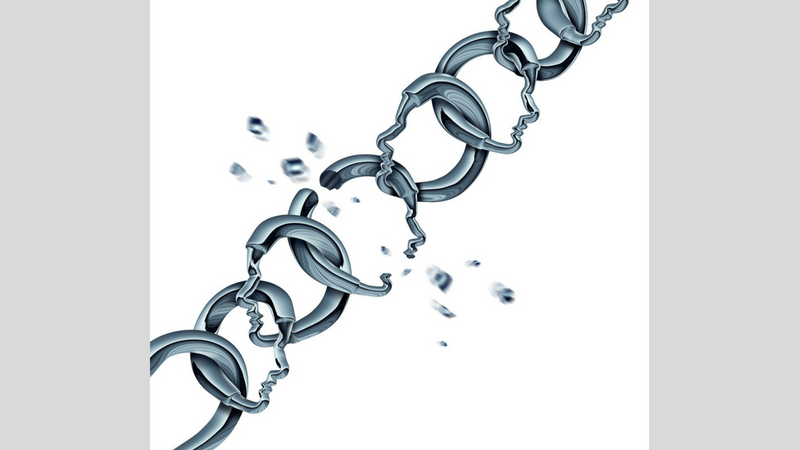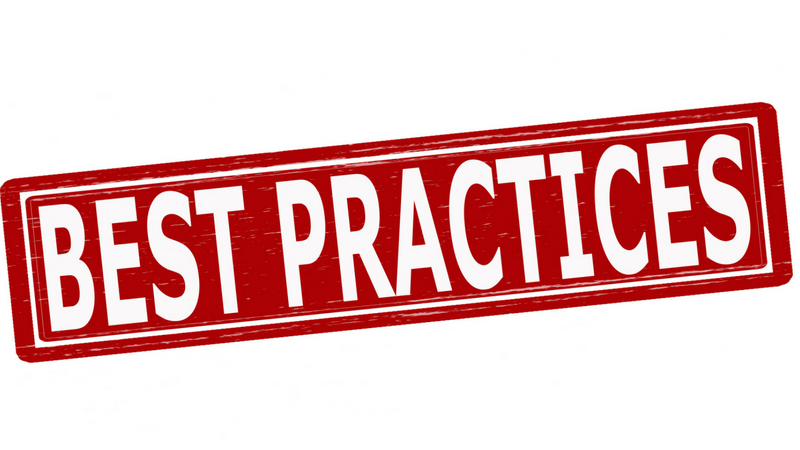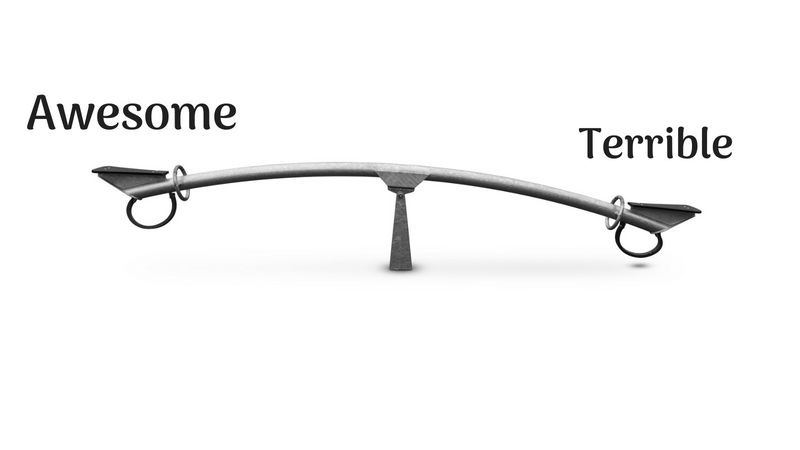Triggers: Understanding and Management
Triggers can come from the strangest places. In this case, it was supposed to be a fun exercise. I was digging through pictures from high school, looking for some photos to match up with a funny story I wrote about my life.
As I waded through the photos, I waded through memories until one brought me up short.
It was a simple photo of me on a beach cliff, hunkered over a lit candle. In the next picture, a group of my peers stood around praying and supporting me.
I was instantly transported back to June 1994 when, on a trip to Mexico, my youth group and I stopped at the location of my sister’s death to remember her; it was just two months after her passing.
In my ears suddenly rang the songs we sang, the smell of the ocean, the rumble of a dune buggy coupled with the sensation of a breeze blowing across my face as the lifeguard drove me to the spot where my sister’s belongings were found.
The emotions of that experience filled me, overwhelming with the raw grief I’d lived then and putting me back into a sensation of shock that she is really, truly gone.
I’d been triggered.
Trigger Responses
A common response to a trigger is to avoid situations that we suspect will cause us pain. In some cases, this is a healthy response.
Every year, a popular tv channel focuses its programming on a particular topic for a week, which leads to consistent and repeated exposure to triggers for me. When I get my first hint that it’s coming, I limit my social media exposure and adjust my tv habits.
It doesn’t impact my relationships or negatively impact my life; I’m simply choosing not to participate in a cultural phenomenon.
For others, though, our avoidance response is not as healthy. We may choose to avoid going to a doctor to address a health concern or withdraw from our support network out of fear.
When our fear of being triggered causes us to withdraw from everyday life, it is problematic.
We may also experience deep emotional responses that negatively impact our relationships or our work. For example, if a trigger – such as my daughter’s seeming rejection of me – causes me to overeat, then I gain weight and become unhealthy.
Another trigger might cause me to lash out at people around me, including those who bear no responsibility for the pain I’m feeling.
Parents often experience this with their tweens and teens, who take out all their school-day emotions (such as frustration and hurt) on their parents by acting out inappropriately because they feel safe with their parents and don’t yet have the skills to release their emotions appropriately.
What Is a Trigger?
According to Psych Central, “A trigger is something that sets off a memory tape or flashback transporting the person back to the event of her/his original trauma. Triggers are very personal; different things trigger different people. The survivor may begin to avoid situations and stimuli that she/he thinks triggered the flashback.”
Under this definition, a trigger can be a sound, a sight, a smell, or even a comment that sends us back in time to relive a traumatic event.
While triggers are most commonly referred to in PTSD, it is important to understand that they apply to all types of trauma responses and may simply touch a raw nerve, rather than forcing a full reliving of the original experience.
Trigger responses are immediate and vary in their intensity, depending on where we are in our recovery journey. When we experience a trigger, we have a deep re-living of the experience and may lose touch with where and when we actually are.
This is why some articles will post a “Trigger Warning” at the start of them: It’s a recognition and a courtesy to the reader that the content within may cause emotional distress. Sometimes, even the trigger warning is enough to set off a stress response.
Identifying Triggers
With some triggers, the response may be mild enough that we don’t even know we’ve stumbled across one.
While the photo I saw put me right back in that situation from 20+ years ago, other triggers hit an emotional place that I don’t always recognize, and my response varies as a result.
For example, sometimes my daughter will say something like “I don’t even like you anymore!” This hits on a deeply emotional place from my childhood, and I didn’t even realize until recently that I overeat and get sluggish when she says something like this.
Her statement triggers memories of being rejected by peers when I was a kid. Even though I’m not reliving the full experience, I still have an emotional response that has nothing to do with the actual situation before me.
Learning to identify our triggers is important to helping us move forward in healing, and to feel more secure in our daily lives.
There are a few ways we can identify triggers, and sometimes this requires the assistance of close friends or family (people you feel safe with).
Physical Responses
One way is to pay attention to your bodily signals. When I feel a headache come on, I’ve realized that’s often an emotional response and not a medical one. It’s a warning that I’m feeling an intense and uncomfortable emotion.
As I start to recognize my headaches more quickly, I’m better able to identify the thoughts or experience(s) that triggered the response. For some, it may be a racing heart or short, rapid breathing, or another physical symptom. ]
What happens in our minds reflects in our bodies, and for me, it’s the easiest way to identify that something happened that I need to pay attention to.
Emotional Responses
Another way is through our emotional responses. We may find that we are suddenly in conflict with people we care about, or that we cry more than usual. Perhaps we feel an urge to withdraw or hide under a blanket.
When I feel unsafe, I typically will wear garments that cover the back of my neck and put weight on my shoulders; it makes me feel comforted and hugged. These are all hints that we are not feeling OK.
These can be one-time responses, although more commonly they are repeated experiences while our minds work through the emotional experience.
Get an Outside Perspective
This is a good area to rely on friends or family with whom you feel safe. They may be able to point to behavioral tics that tell them you are in distress.
For example, they may say something like, “When you get upset at the waiter for forgetting to bring you ketchup, I know something is off with you.” Or, they may say, “I notice that you chew on your fingernails more at certain times.”
They may not (and likely won’t) know what triggered those responses, but those who love us often notice details that slip past us.
Influencing and Minimizing Triggers
The good news is that triggers don’t have to define us or dictate our lives. As we identify them, we can start to address them, and this is one area where therapy and Cognitive Behavior Therapy (CBT) can be immensely helpful.
As we look at these triggers, we can peel back the onion and work our way through some key points:
- Identify the messages we received in this experience. Evaluate those messages for truth and validity (remembering that feelings aren’t facts!), and seeing if we have any thinking distortions hiding within them.
- Determining if the story fits the facts. As we work our way through painful stories, we commonly come to see that alternative explanations (stories) could also fit the core set of facts.
Sometimes, we punish ourselves for a perfectly rational response to a situation because we lived through negative consequences as a result of our response. (An example might be a woman who reports a rape to the police and is made to feel that she was responsible for her experience due to what she wore or how she presented herself.)
- Creating a cope-ahead plan. Even after doing all the work necessary and appropriate to address the underlying pain, we may still come across a trigger that sends us back in time, such as my experience with those beach cliff photos.
In these cases, it is helpful to have a plan in place that will help you manage the emotions in a healthy manner.
For example, the next time I go through those photos, I will probably ask my husband to sit with me or keep a journal by my side so I can work through my emotions in a more healthy manner. You may want a punching bag or pillow available that you can pound on to help you work through anger.
However you choose to handle it, often just having a plan in place helps minimize the impacts of a trigger.
Final Thoughts
We all have triggers, even those of us who don’t live with mental health issues. The severity of our response depends on the severity of the initial situation, its impact on us, and where we are in our healing journey.
While our responses to the trigger may vary, by identifying them and taking a few simple steps we have the opportunity to influence and minimize their impacts. Triggers don’t have to rule our lives.
Have you identified any triggers? How do you manage them?
Looking for daily inspiration and community? Join our warm and supportive Facebook group!
